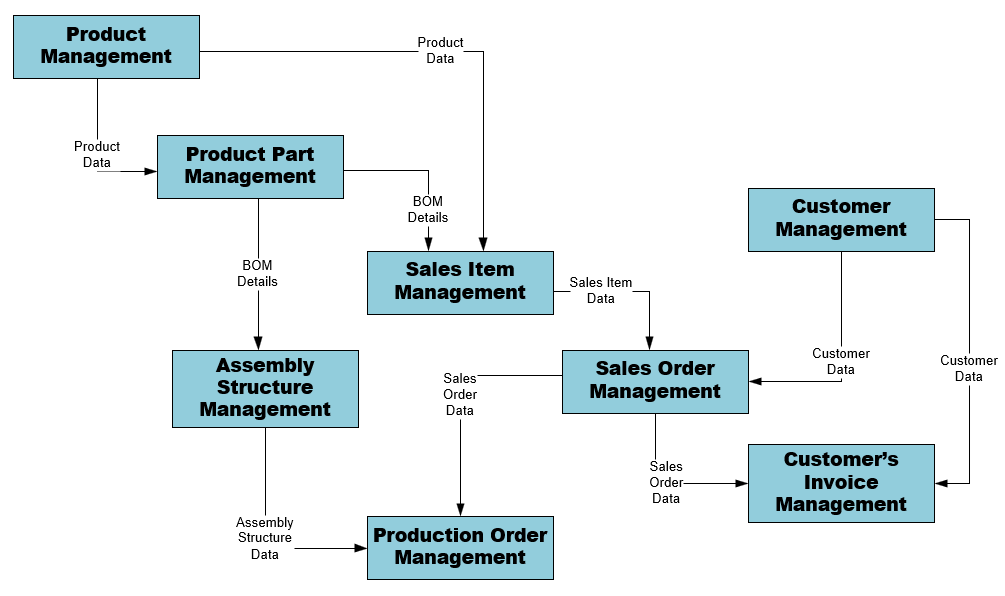
Develop a Roadmap
If an enterprise were developed from scratch (free from dependencies on existing processes), and optimal architecture would be based solely on the data required to run the enterprise, priorities would be set by business strategy, and decisions could be made unencumbered by the past. Very few organizations are ever in this state. Even in an ideal situation, data dependencies would quickly arise and need to be managed. A roadmap provides a means to manage these dependencies and make forward-looking decisions. A roadmap helps an organization see trade-offs and formulate a pragmatic plan, aligned with business needs and opportunities, external requirements, and available resources.
A roadmap for Enterprise Data Architecture describes the architecture's 3 - 5 year development path. Together with the business requirements, consideration of actual conditions, and technical assessments, the roadmap describes how the target architecture will become reality. The Enterprise Data Architecture roadmap must be integrated into an overall enterprise architecture roadmap that includes high-level milestones, resources needed, and costs estimations, divided in business capability work streams. The roadmap should be guided by a data management maturity assessment.
Most business capabilities require data as an input; others also produce data on which other business capabilities are dependent. The enterprise architecture and the Enterprise Data Architecture can be formed coherently by resolving this data flow in a chain of dependencies between business capabilities.
A business-data-driven roadmap starts with the business capabilities that are most independent (i.e., have the least dependency from other activities), and ends with those who are most dependent on others. Dealing with each business capability in sequence will follow an overall business data origination order. This figure shows an example chain of dependency, with the lowest dependency at the top. Product Management and Customer Management do not depend on anything else and thus constitute Master Data. The highest dependency items are on the bottom where Customer's Invoice Management depends on Customer Management and Sales Order Management, which in turn depends on two others.
Therefore, the roadmap would ideally advise starting at Product Management and Customer Management capabilities and then resolve each dependency in steps from top to bottom.
